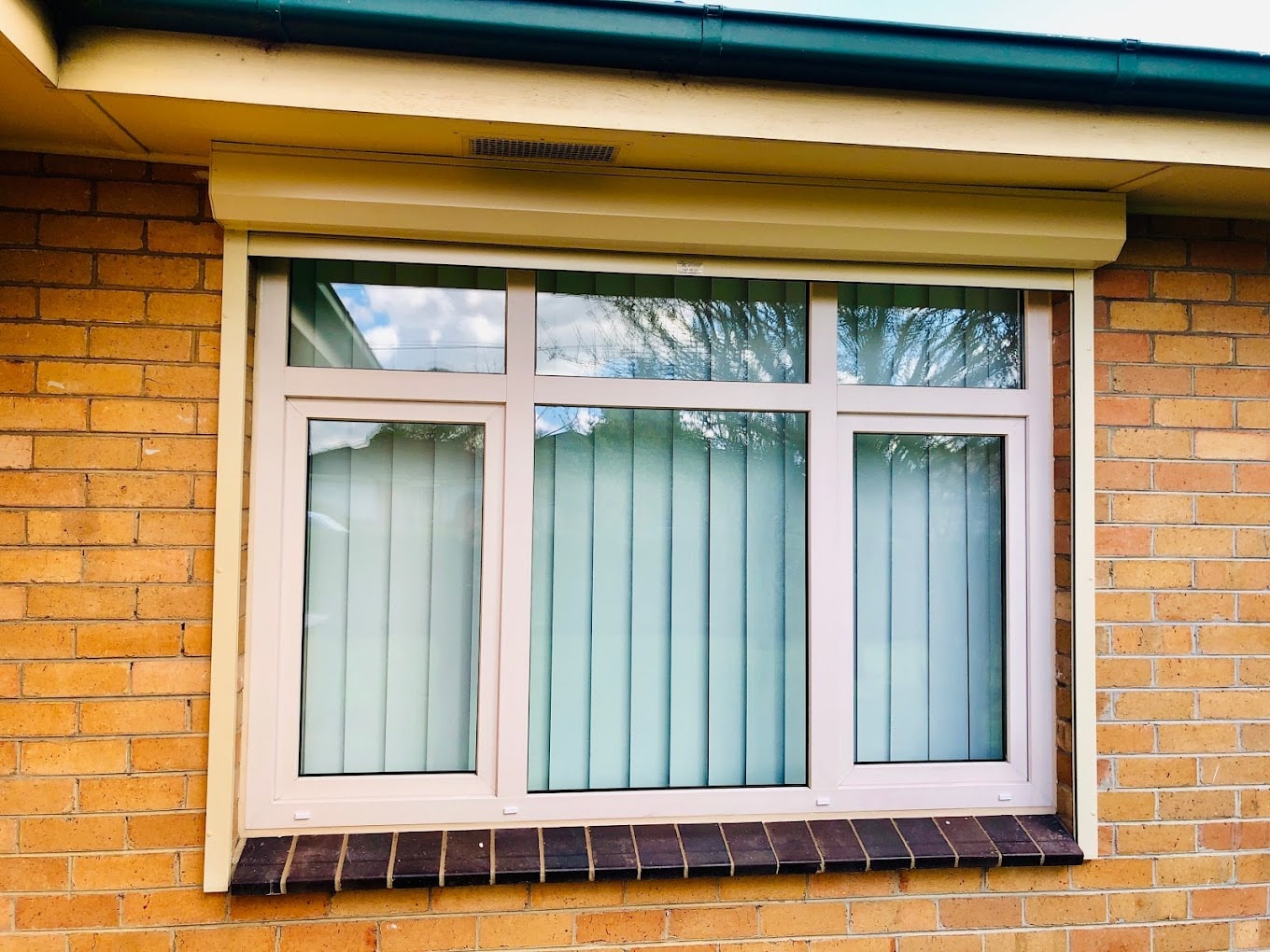All Categories
Featured
Table of Contents
Glass Selector - Custom Single & Double Glazed ... in Jolimont Western Australia
That window can send more solar heat in winter than in summertime. A west-facing window on a summer season's afternoon has an angle of occurrence from near 0 as much as 30 with a big efficient location of solar radiation. A north-facing window, in summertime, has a high angle of incidence and a low reliable area of solar radiation, so can send less heat than a west-facing one.

But you can quickly and quickly improve the thermal efficiency of your home by replacing your windows. This is among the most efficient techniques of remodelling to attain better thermal convenience. There are thousands of kinds of glass and frames to pick from. Picking the best ones is very important to improving the energy effectiveness of your house.
5 Benefits Of Double Glazing Windows in Lockridge Perth
Single glazing with clear glass is not extremely effective when it comes to heat loss or gain. To improve performance, you can utilize single glazing with a more energy-efficient type of glass such as low emissivity (low-e) glass.
Multiple layers can be assembled with sealed cavities between each sheet of glass. IGUs usually use much better energy performance than single glazing, due to the fact that they transmit less energy. The energy performance of IGUs likewise depends on: the properties of each layer of glass. Different glass types (for instance, clear and low-e glass) can be assembled in an IGU.
Double Glazed Windows Melbourne in Carlisle Perth

IGU cavities can be filled with air or a more inert, low-conductivity gas such as argon the width of the cavity. Cavity density is usually 6 to 18mm. Larger cavities provide lower (better) U values, with 12mm generally accepted as the favored gap how well the cavity is sealed. Cavities should be dry and well sealed to prevent wetness getting in.
If argon is installed to the cavity in place of air, wetness is reliably excluded the level of desiccant (drying agent). The spacer (metal or polymer strip) that separates the glass layers consists of a desiccant to absorb any wetness. Insufficient desiccant might cause moisture to condense on the glass surface in cold conditions, lowering thermal efficiency.
The Science Behind Double Glazed Windows in Scarborough Perth
IGUs can provide much better energy efficiency for all environments, specifically in heated and air-conditioned houses. Cross-section detail of single, double and triple-glazing units Low emissivity glass (commonly called low-e glass) decreases heat transfer. Low-e glass might be either high or low transmission: High transmission low-e glass has a covering that permits daylight from the sun to pass into your home to attain great solar heat gain, however minimizes the quantity of the long wavelength infrared heat that can leave back through the window.
Low-e glass has either a pyrolytic covering or a vacuum-deposited thin movie metal finish. Pyrolytic finishes are durable and can be used for any glazing; vacuum-deposited coatings are soft and are only utilized within IGUs. Low-e coatings can substantially improve both U value and SHGC; however, they should be used correctly or they will either weaken or fail to perform as needed.
Does Double Glazing Keep Heat Out in Cannington WA
Low-e coatings can be used in combination with clear, toned or reflective glass. Low-e finishes on glazing can minimize heat transfer where required Picture: Department of Industry, Science, Energy and Resources Toned glass has actually colouring additives included throughout manufacture. It is offered in various colours, typically bronze, grey, blue and green.
Latest Posts
Reglazing Single Glazed Windows With Double Glazed Units in Yokine Western Australia
Double Glazed Windows in Wattleup Perth
Why You Need Secondary Glazing In The Summer in Viveash Perth